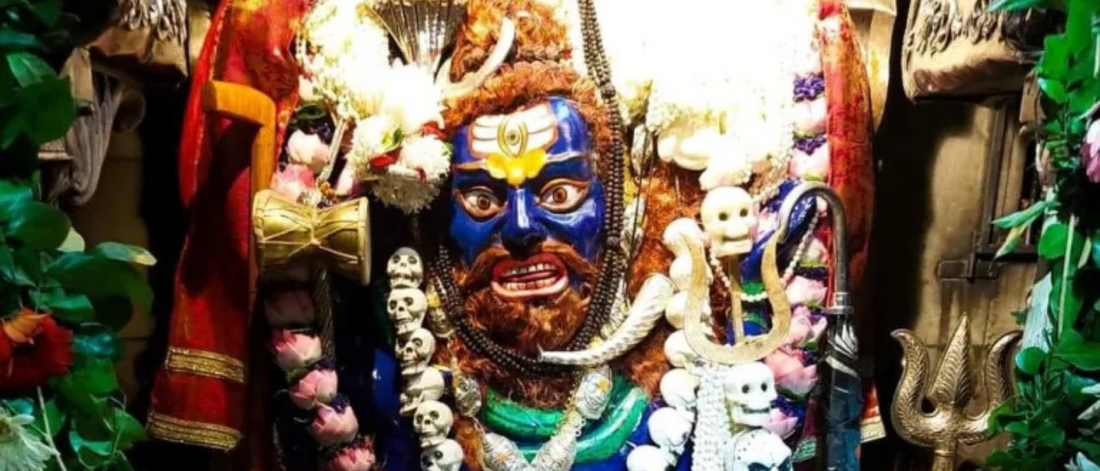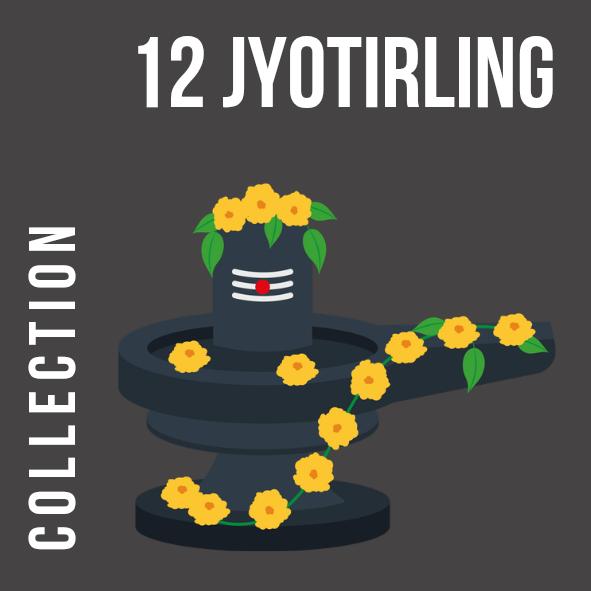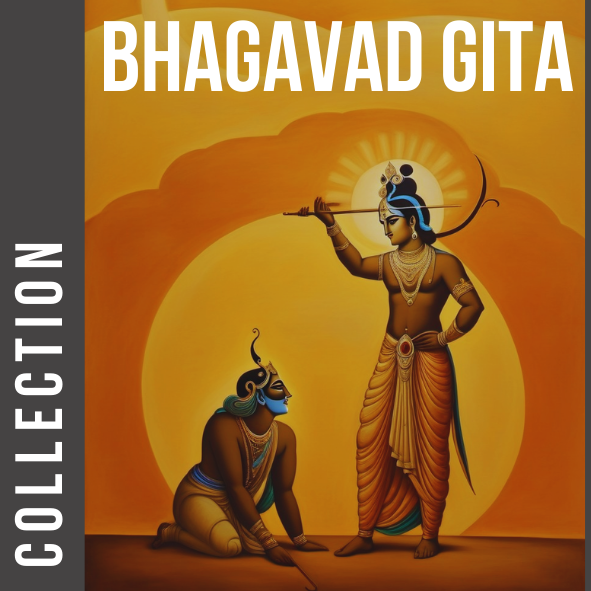
Guardian of Kashi: The Fierce Grace of Kaal Bhairav Temple
Share
Sacred Significance in Sanatan Dharma
Kaal Bhairav Temple honors Baba Kaal Bhairav, a fierce form of Kashi Vishwanath, revered as Varanasi’s Kotwal in Sanatan Dharma. Believed to be appointed by Kashi Vishwanath himself, Kaal Bhairav ensures justice and order, guarding Kashi’s spiritual sanctity. Devotees seek his blessings for safety and resolution of disputes, making this temple a vital part of Varanasi’s sacred landscape.
A Historical Legacy of Protection
Built in the 17th century by a local king, Kaal Bhairav Temple has roots in ancient traditions, with the Skanda Purana mentioning Bhairav as Kashi’s guardian since Vedic times. The deity, adorned with a garland of skulls, has been revered as the enforcer of dharma, a role historically acknowledged by Varanasi’s rulers who sought his blessings for the city’s welfare.
Bhairav as Kotwal Today
Baba Kaal Bhairav is still regarded as Varanasi’s Kotwal, with the Vishwesharganj police station reserving a chair, table, and cap for him, symbolizing his protective role. The administrative officer sits beside this setup, beginning duties only after taking Baba Kaal Bhairav’s blessings, a tradition reflecting the belief that he protects residents from ghosts and evil forces, ensuring Kashi’s purity.
Notably, Prime Minister Narendra Modi visited the temple on April 26, 2019, before filing his nomination papers for the Varanasi Lok Sabha seat, seeking blessings from the Kotwal of Kashi. He repeated this ritual again in 2024, underscoring the temple’s enduring significance.
Folklore and Devotee Beliefs
Devotees believe Kaal Bhairav ensures no soul leaves Kashi without his permission, granting moksha only to the worthy. Offering black thread, mustard oil, and alcohol as prasadam—a unique tradition—is thought to ward off evil spirits and please Bhairav, who then protects devotees from misfortune. Locals share tales of Bhairav’s intervention during invasions, like when dogs, his vahana, repelled Aurangzeb’s soldiers.
Tips for Experiencing the Temple
Visit Kaal Bhairav Temple in Vishwanath Gali, where the dark sanctum resonates with chants of “Om Bhairavaya Namah.” Arrive for the morning aarti at 5:00 AM for a quieter atmosphere. Offer black thread, mustard oil, or alcohol, available from nearby vendors for ₹20-50, to seek protection. Dress modestly, covering shoulders and legs.
Do’s and Don’ts for Visitors
Do offer prayers with a pure heart, as Kaal Bhairav sees through intentions. Do maintain silence during rituals to honor the sanctity. Don’t take photos inside the sanctum, as it’s prohibited, and avoid wearing leather items, which are considered impure. Respect the temple’s traditions to receive blessings.
Immerse in Varanasi’s Protective Traditions
Explore Vishwanath Gali to purchase brassware like small bells, used in Kaal Bhairav rituals, reflecting Varanasi’s heritage crafts. Time your visit for Bhairav Ashtami in November to witness vibrant celebrations with processions and offerings. Pair this with a visit to Kashi Vishwanath Temple, a short walk away, to deepen your spiritual experience.
Plan Your Visit
Kaal Bhairav Temple in Vishwanath Gali is a 15-minute walk from Dashashwamedh Ghat or a short auto-rickshaw ride (around ₹100). It’s open daily from 5:00 AM to 8:00 PM, with mornings being less crowded. Entry is free, but bring cash for offerings.
Use the Kashi Sacred Seekers Series cards to plan your day.



